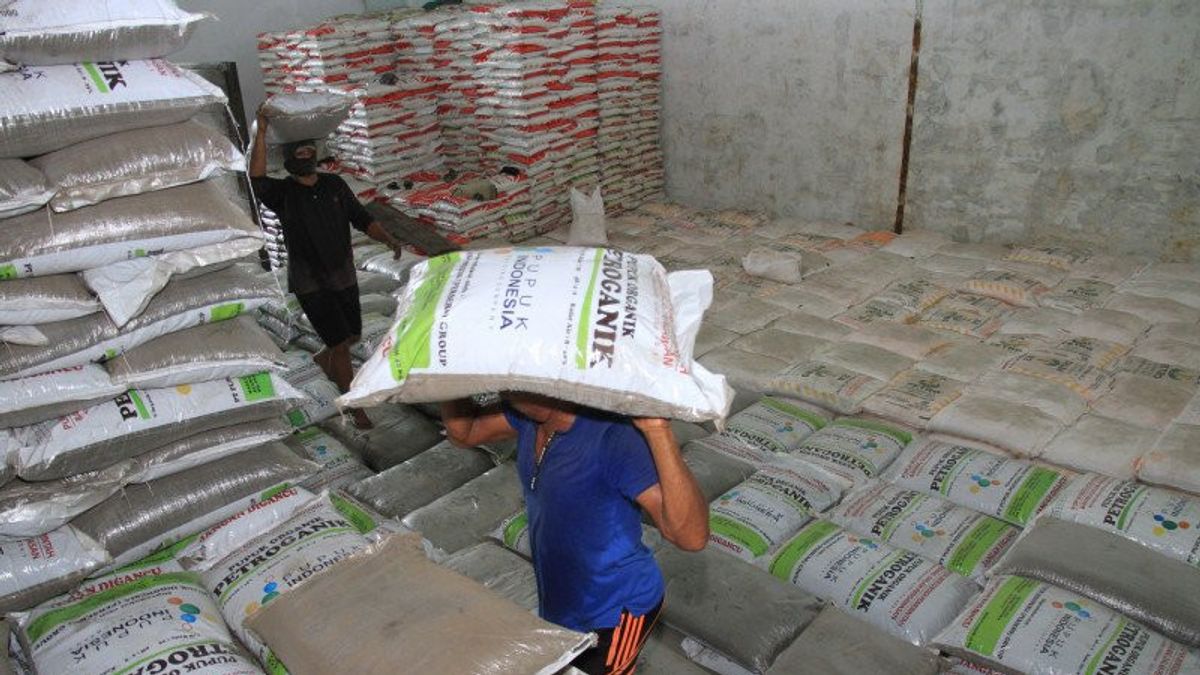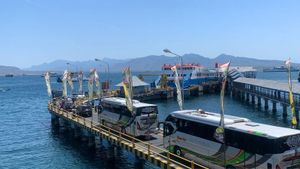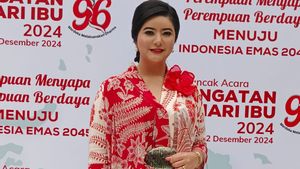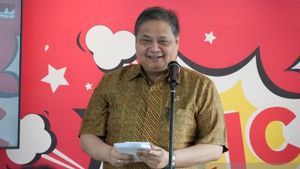JAKARTA - The condition of oil palm farmers is increasingly difficult, after the drop in the price of fresh fruit bunches (FFB) in the country, they are now faced with the problem of distributing subsidized fertilizers.
The government decided not to provide fertilizer subsidies for palm oil commodities.
As is known, the distribution of subsidized fertilizers is now regulated in the Regulation of the Minister of Agriculture (Permentan) Number 10 of 2022.
This regulation explains that subsidized fertilizers are only given to 9 agricultural commodities, namely rice, corn, soybeans, chili, shallots, garlic, sugar cane, coffee, and cocoa.
Deputy for Food and Agribusiness Coordination, Coordinating Ministry for Economic Affairs, Musdhalifah Machmud spoke about this.
Musdhalifah explained that this was because palm oil had received support from the Palm Oil Plantation Fund Management Agency (BPDPKS).
Musdhalifah said that one of the main focuses of financing from BPDPKS is to support agricultural infrastructure for oil palm farmers. In addition, there is also a community palm oil rejuvenation program (PSR).
"God willing, palm oil will not be unfulfilled for fertilizer needs for the people, because there is support at BPDPKS for infrastructure," he said at a press conference, Friday, July 15.
Furthermore, Musdhalifah stated that there are two types of subsidized fertilizers to be distributed, namely Urea fertilizer and NPK fertilizer.
The budget prepared for the distribution of subsidized fertilizers is Rp. 25 trillion.
"Currently, our budget for the allocation of government subsidized fertilizers provides Rp. 25 trillion to reach at least 16 million farmers in our country," he said.
Meanwhile, the Head of the Agricultural Human Resources Extension and Development Agency (BPPSDMP) of the Ministry of Agriculture, Dedi Nursyamsi, revealed the reason why the government cut the number of commodities receiving subsidized fertilizers from 70 to 9.
This is because these commodities are strategic food commodities.
"There are 3 food crops, namely rice, corn and soybeans. Horticulture also has 3 namely chili, onion and garlic. There are also 3 plantations, people's sugarcane, people's coffee and people's cocoa," said Dedi.
Furthermore, Dedi explained, based on the definitive plan for group needs (RDKK), the actual fertilizer needs reached 24 million tons.
"But in reality the government is only able to provide subsidies (fertilizer) of around 9 million tons. Like it or not, we have to reduce the type of fertilizer," he said.
The English, Chinese, Japanese, Arabic, and French versions are automatically generated by the AI. So there may still be inaccuracies in translating, please always see Indonesian as our main language. (system supported by DigitalSiber.id)












